As stars of at least 0.4 solar masses exhaust their supply of hydrogen at their core, their outer layers expand greatly and cool to form a red giant. In about 5 billion years, when the Sun enters this phase, it will expand to a maximum radius of roughly 1 astronomical unit (150 million kilometres), 250 times its present size. As a giant, the Sun will lose roughly 30% of its current mass.
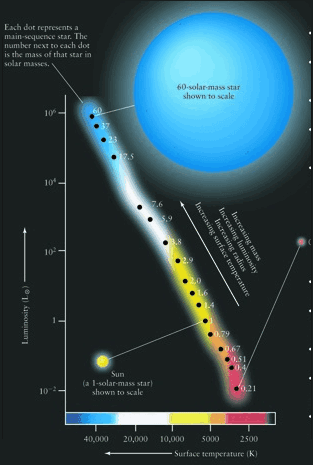
In a red giant of up to 2.25 solar masses, hydrogen fusion proceeds in a shell surrounding the core.
Eventually the core is compressed enough to start helium fusion, and the star now gradually shrinks in radius and its surface temperature increases. For larger stars, the core region transitions directly from fusing hydrogen to fusing helium.
After the star has consumed the helium at the core, fusion continues in a shell around a hot core of carbon and oxygen. The star then follows an evolutionary path that parallels the original red giant phase, but at a higher surface-temperature.

In a red giant of up to 2.25 solar masses, hydrogen fusion proceeds in a shell surrounding the core.
Eventually the core is compressed enough to start helium fusion, and the star now gradually shrinks in radius and its surface temperature increases. For larger stars, the core region transitions directly from fusing hydrogen to fusing helium.
After the star has consumed the helium at the core, fusion continues in a shell around a hot core of carbon and oxygen. The star then follows an evolutionary path that parallels the original red giant phase, but at a higher surface-temperature.

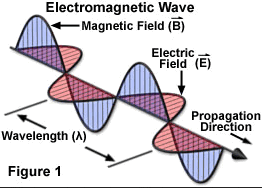
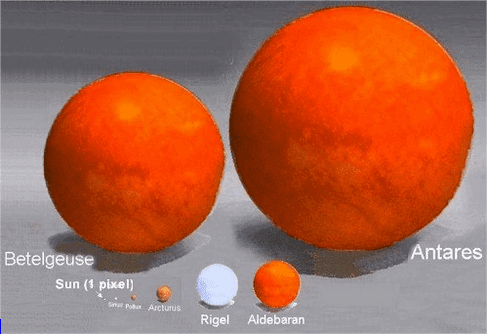
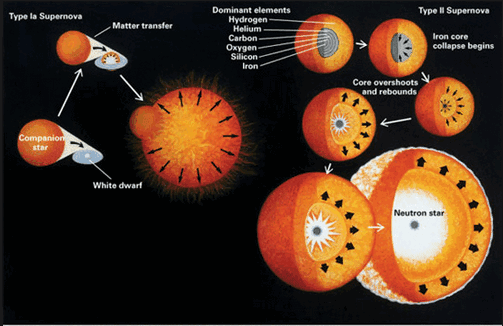
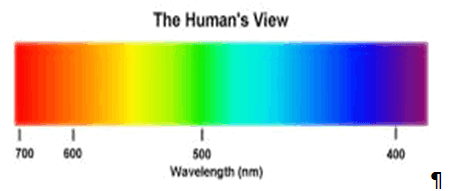
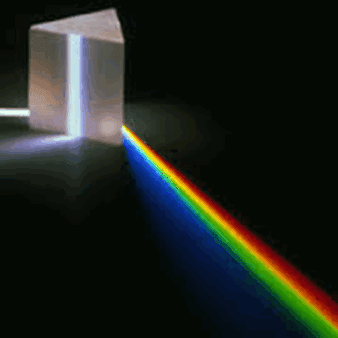
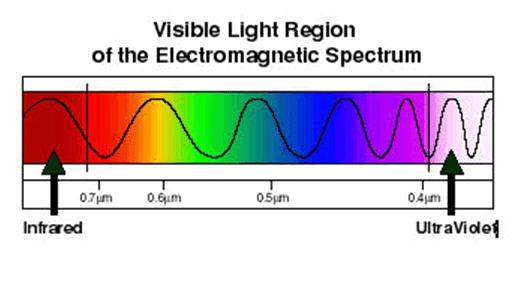












0 comments:
Post a Comment